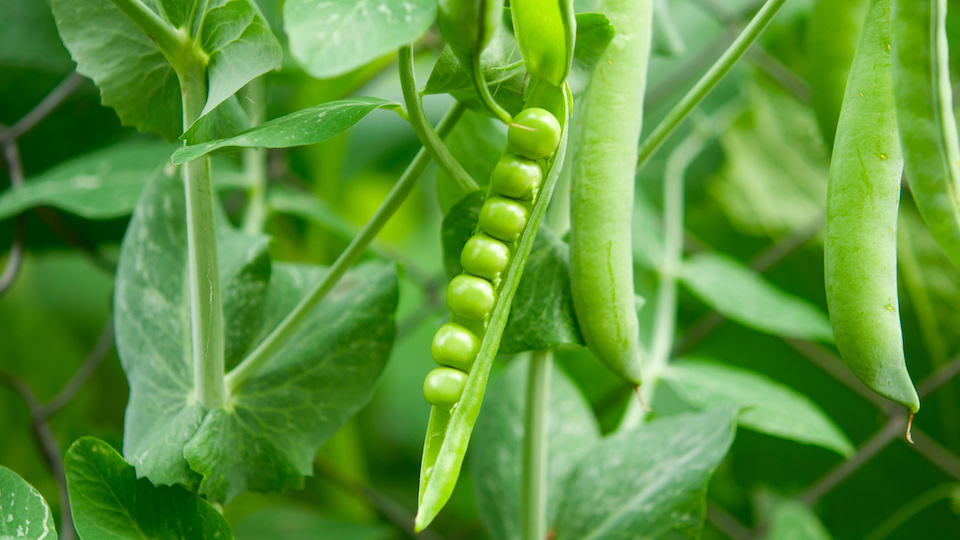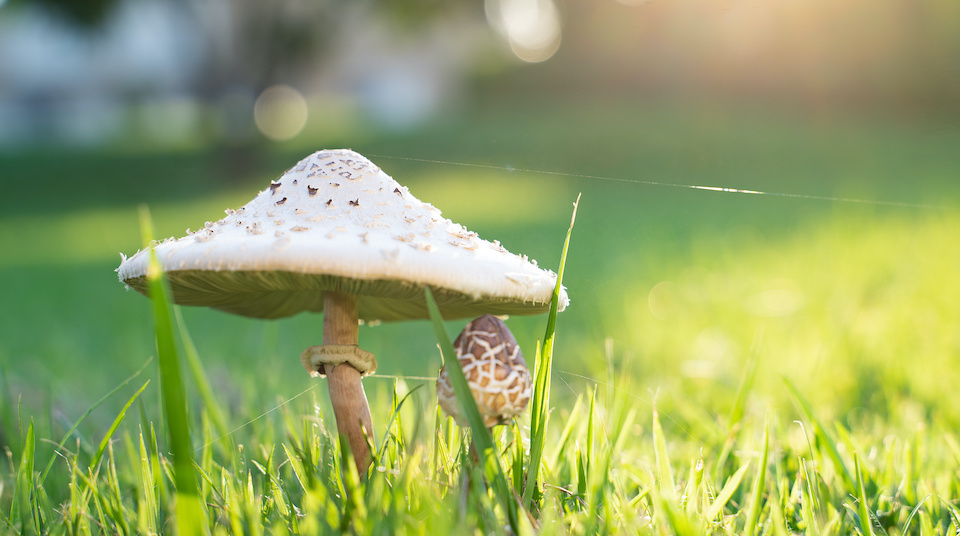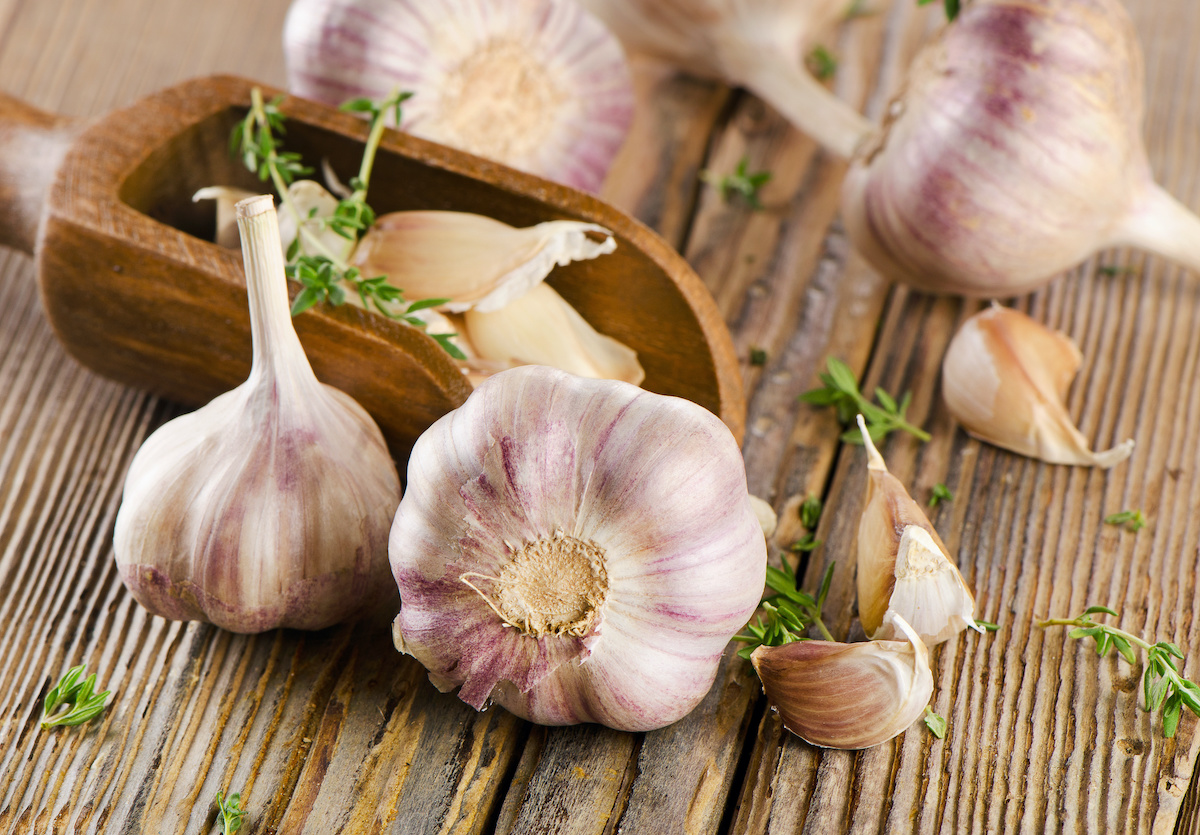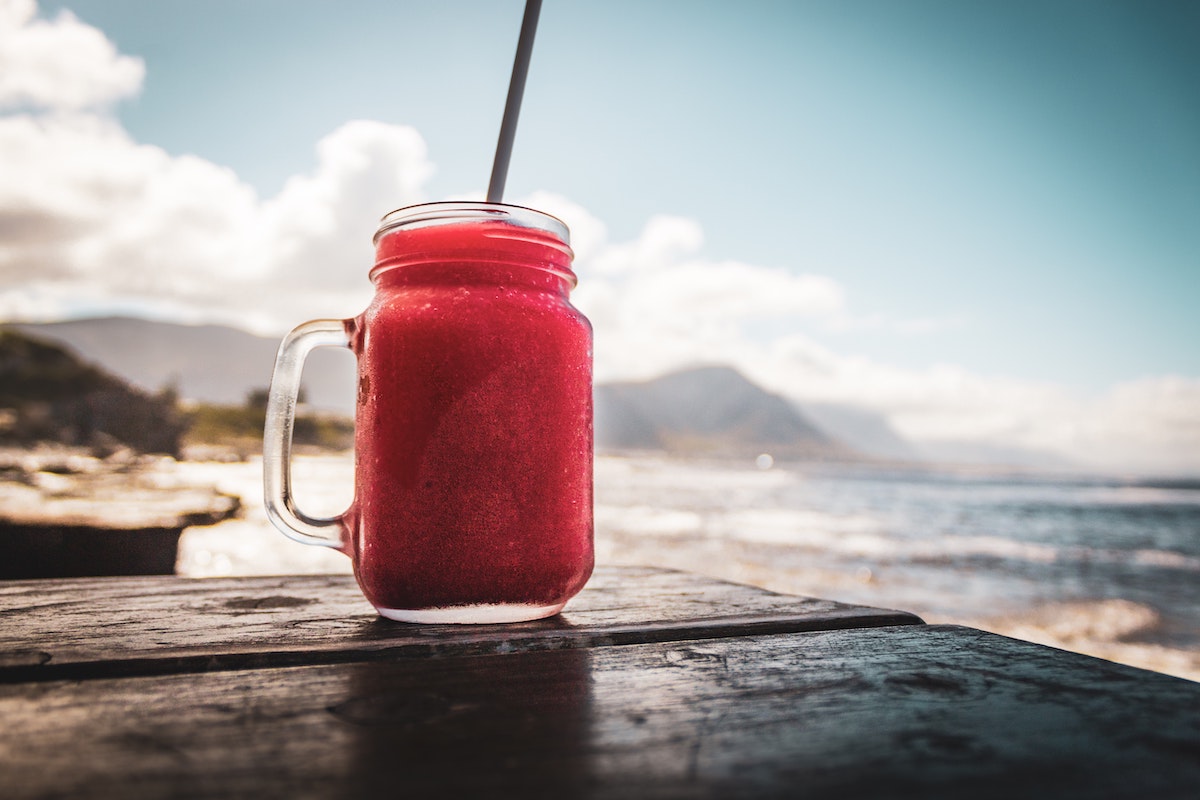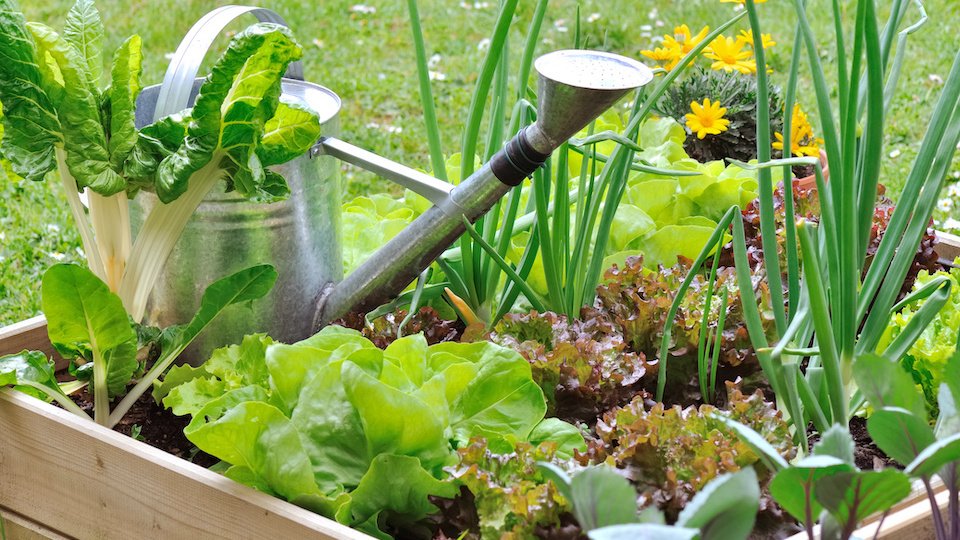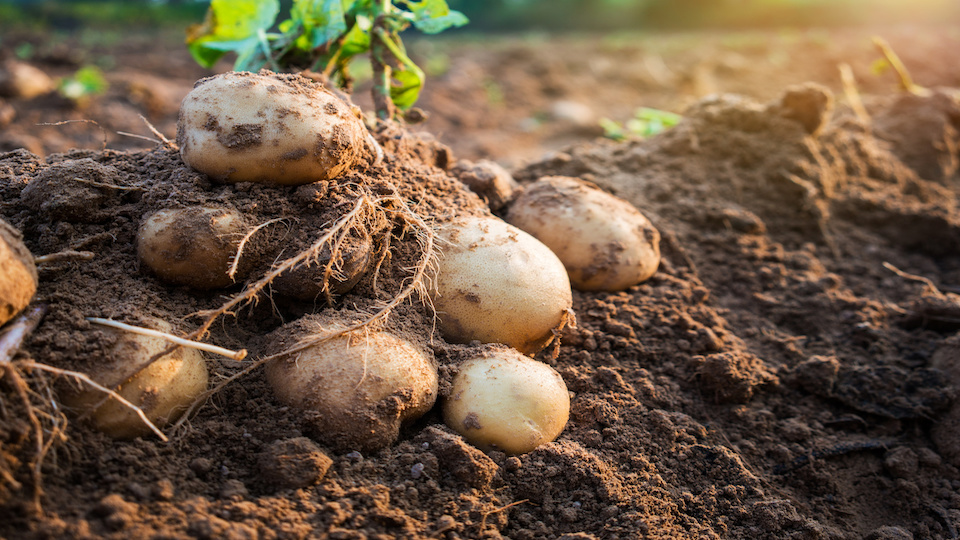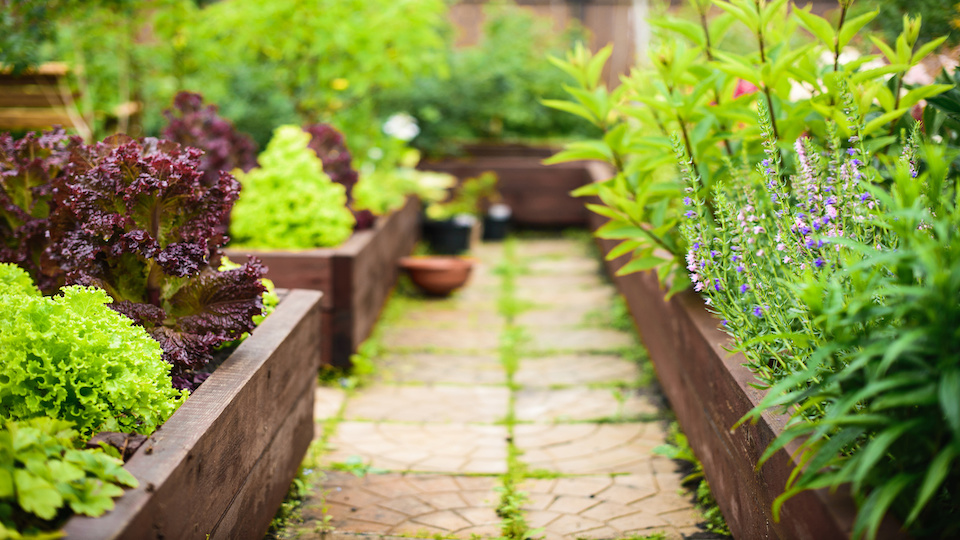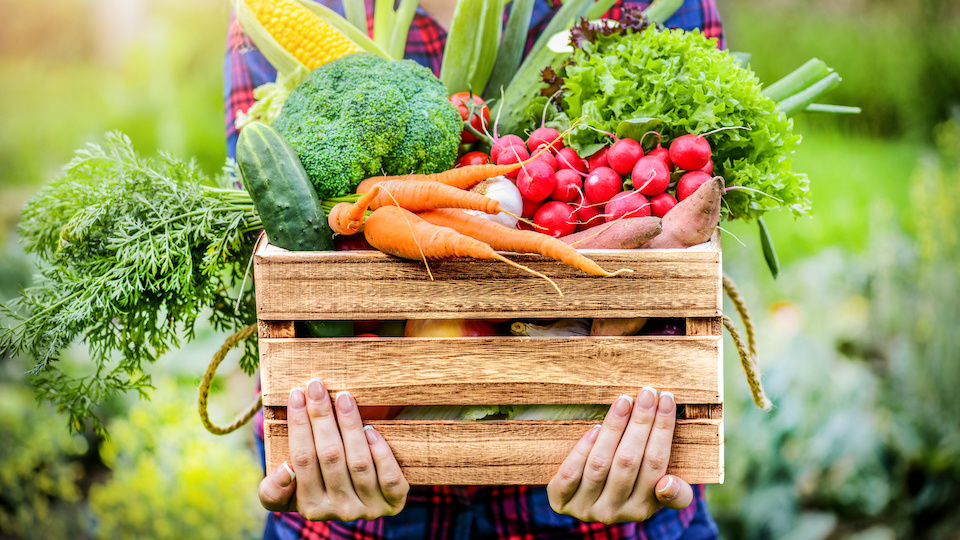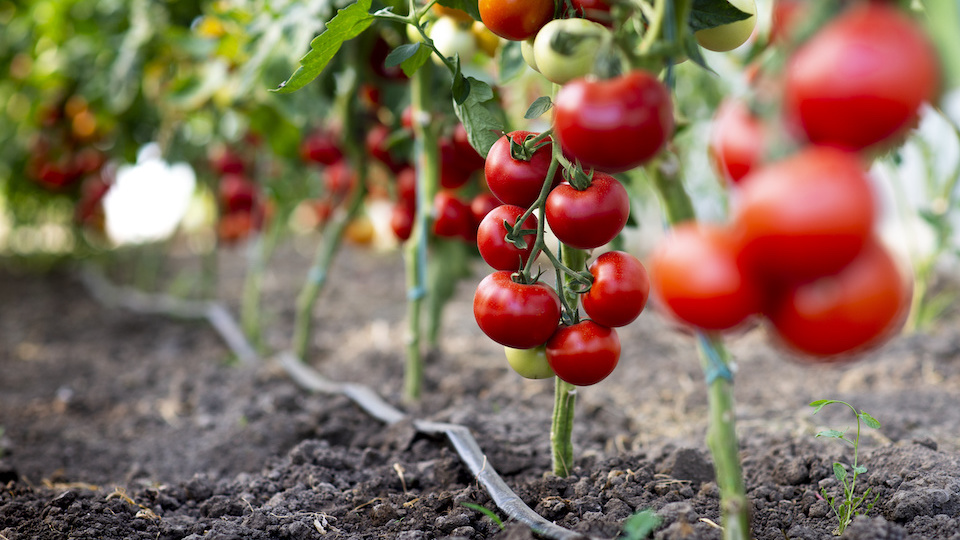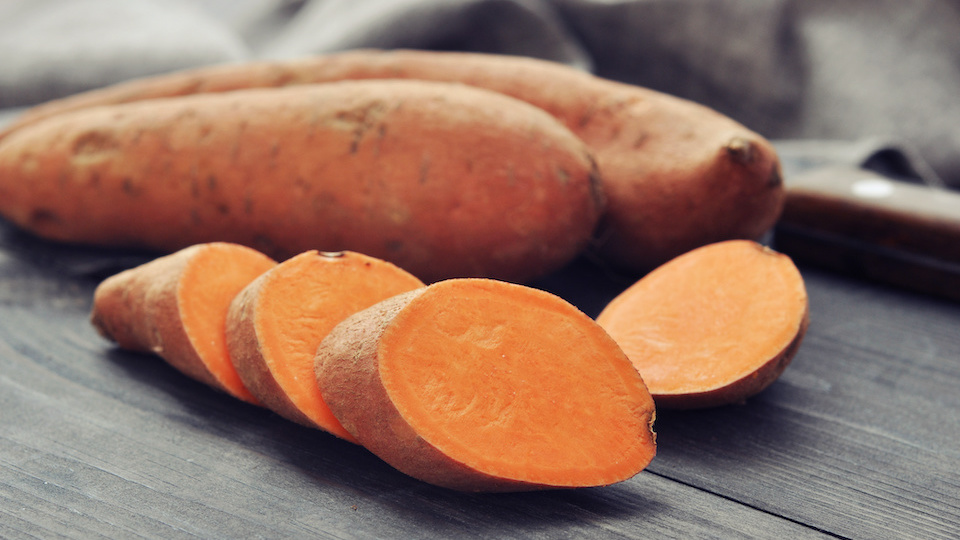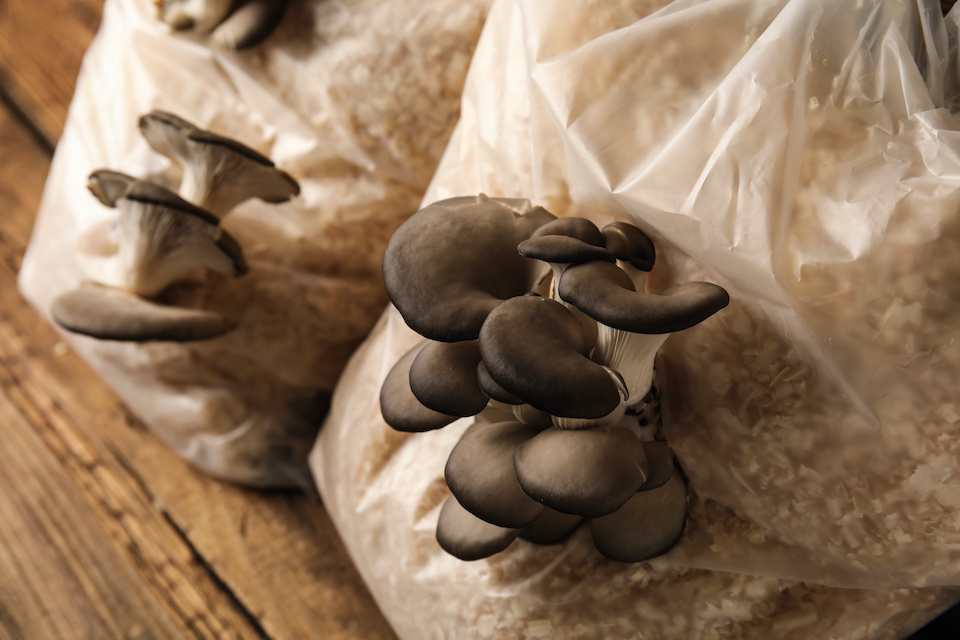Plant This Next to Beans for Better Flavor
Did you know that cultivating the right combination of plants close to each other can make your garden blossom from mediocre to outstanding? Companion planting is an ancient gardening practice that has been making a comeback for one simple reason… it works. Planting a diverse mixture of plants, including annuals, perennials, flowers, and veggies, makes for a much healthier garden and, often, a tastier harvest. On the flip side, planting the wrong combination of plants can result in an unhealthy garden and a mediocre or even poor harvest.


